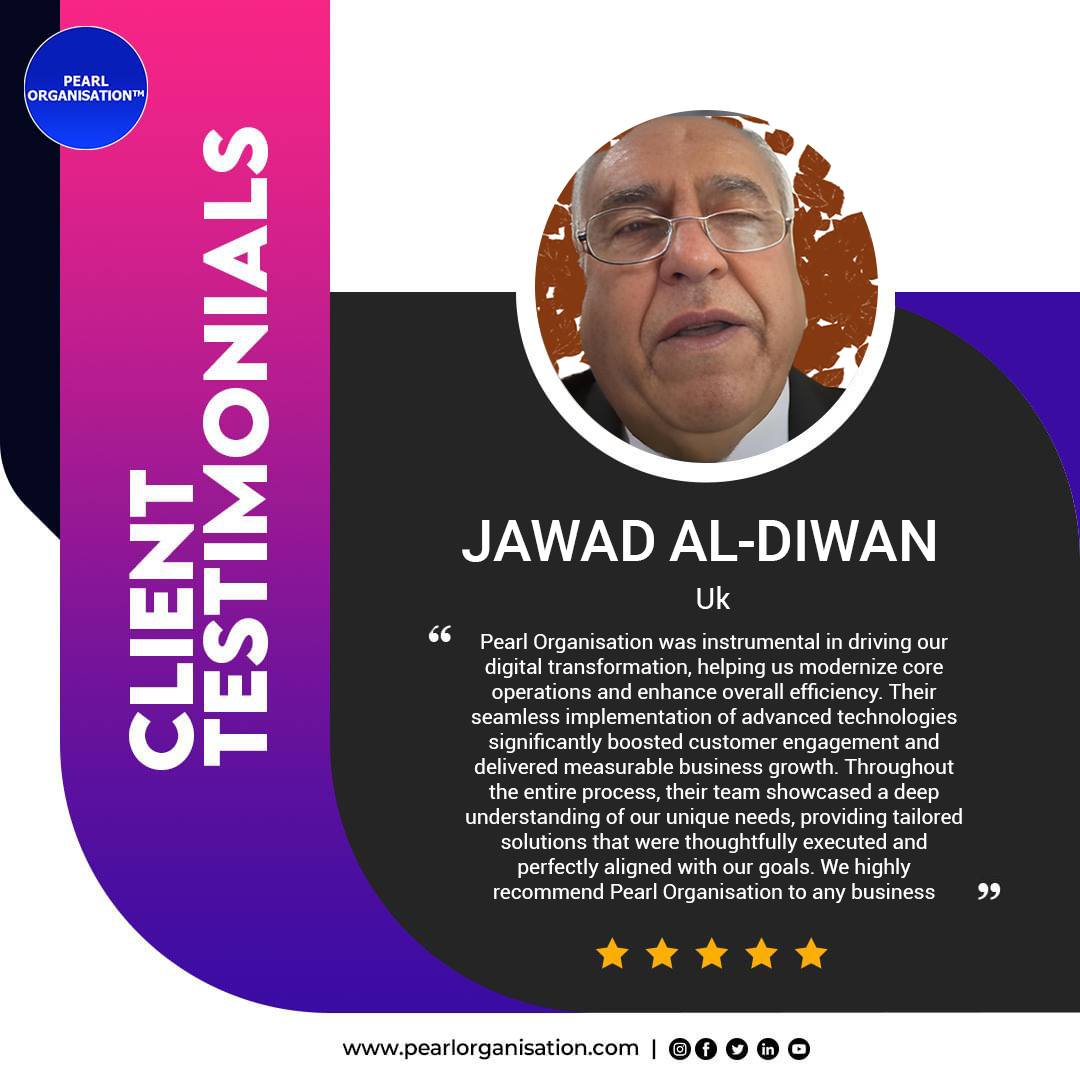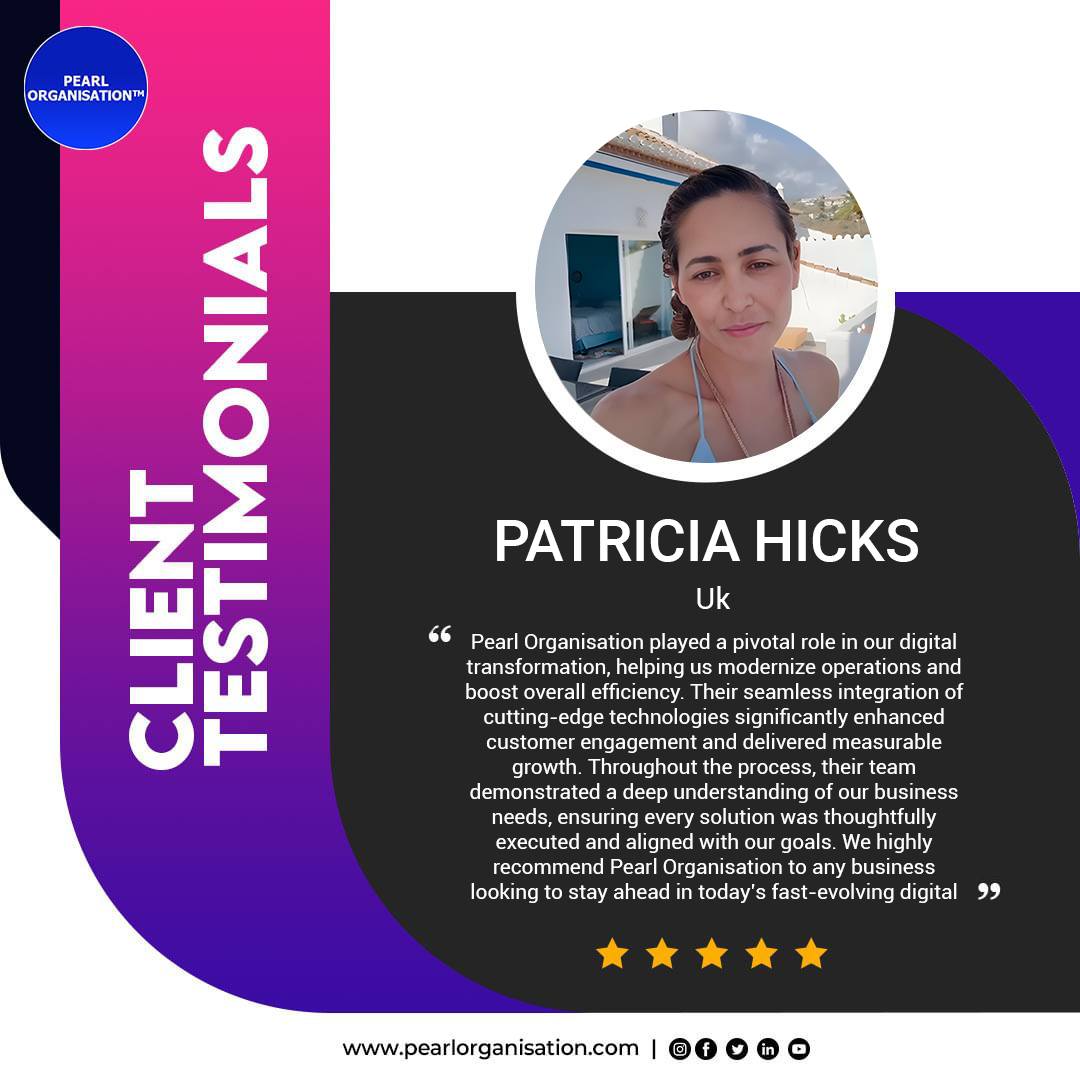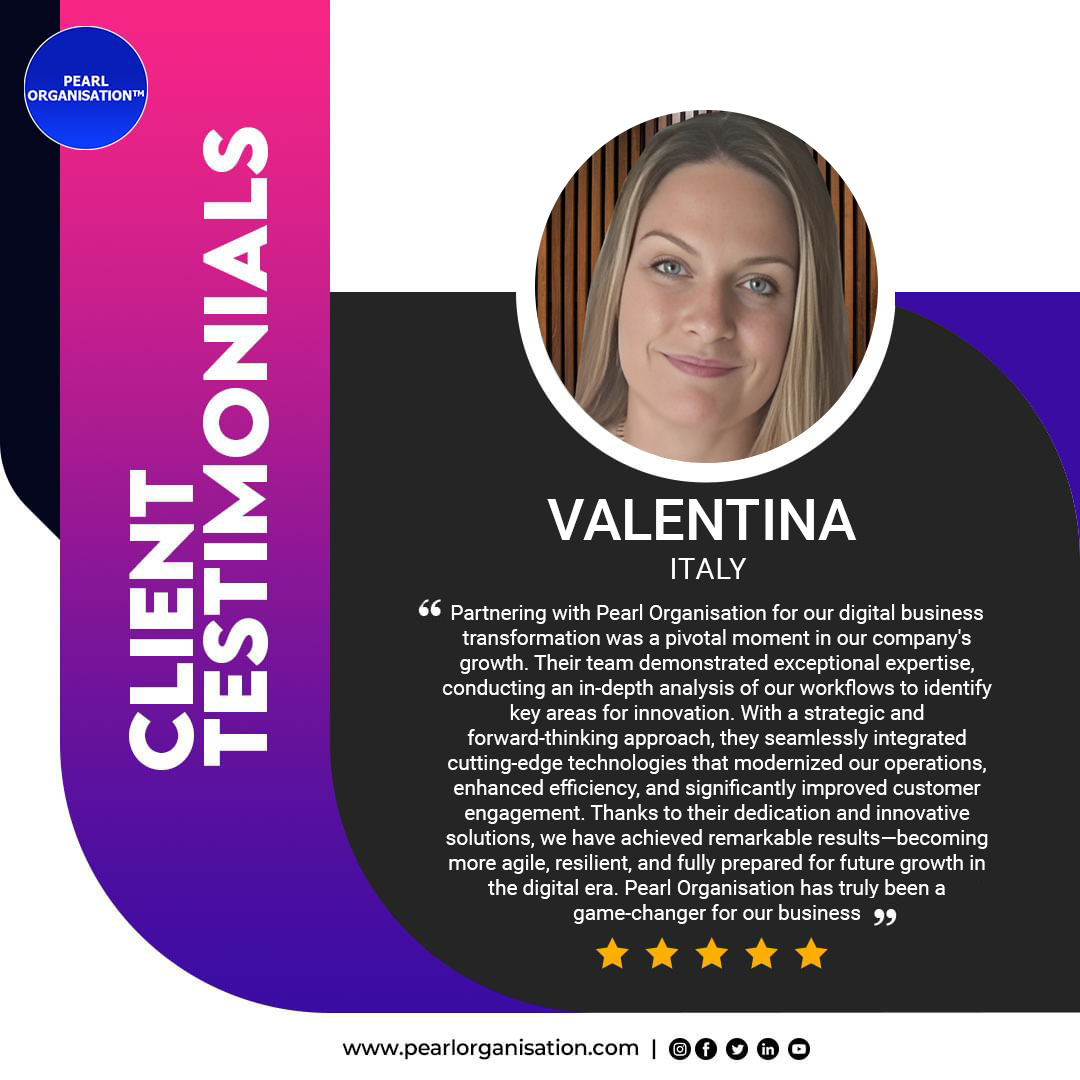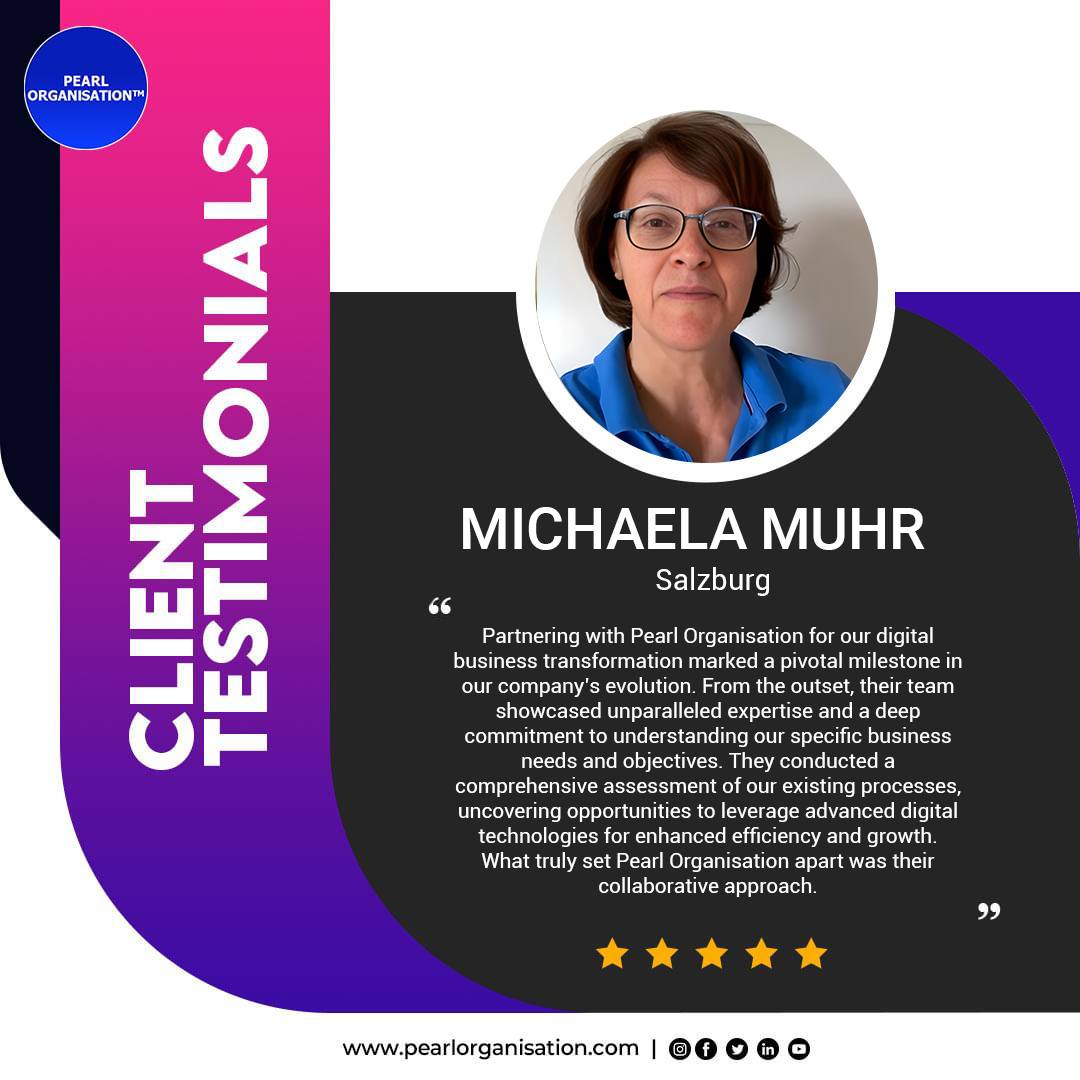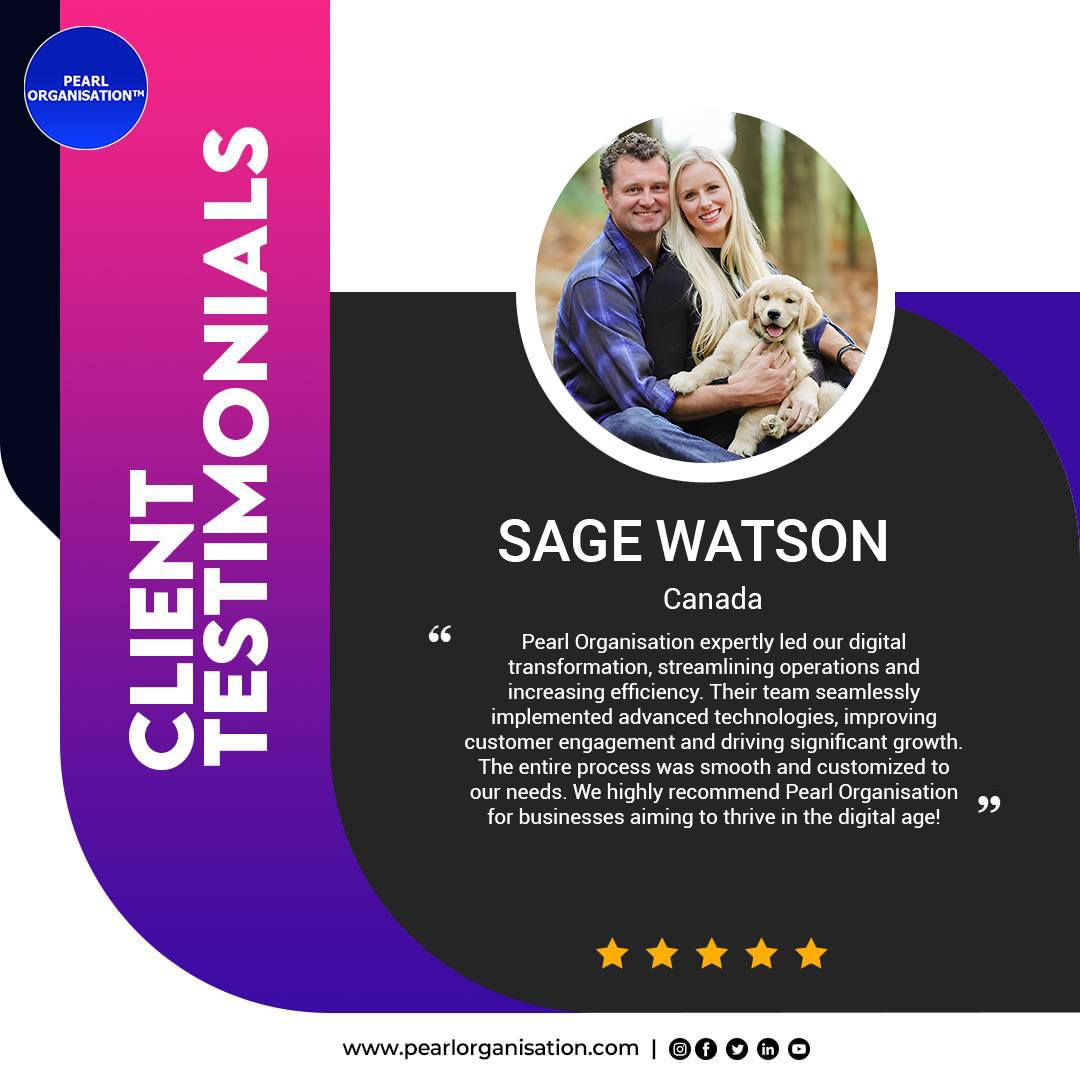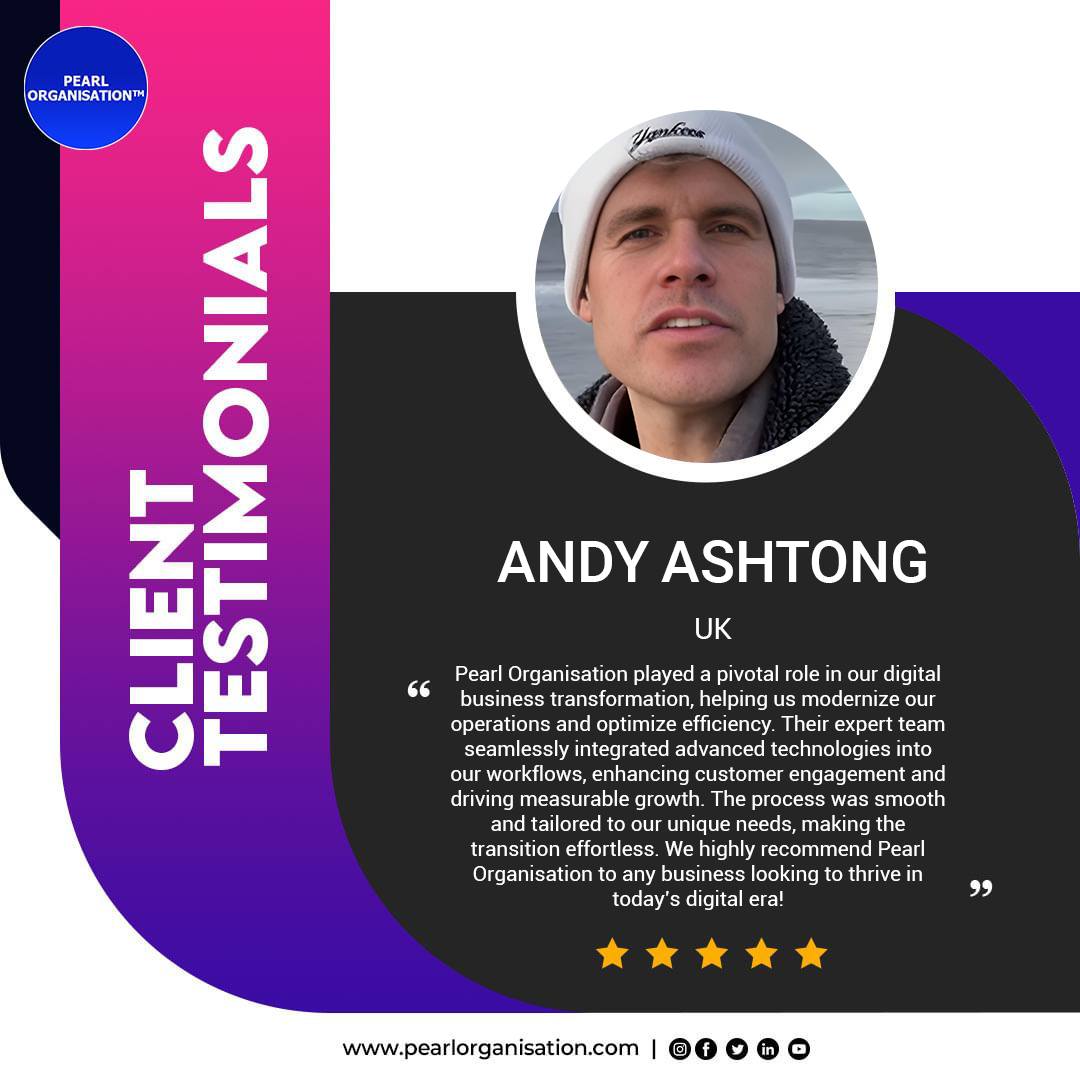🏪 Building Scalable Multi-Vendor Marketplaces: Tech, Cost & Growth Strategy | Pearl Organisation
- Larrisa

- May 6
- 5 min read

🚀 Why Multi-Vendor Marketplaces Are Booming in 2025
The eCommerce boom has shifted toward platforms that enable others to sell, not just single-brand stores. Multi-vendor marketplaces like Amazon, Flipkart, Etsy, and Alibaba dominate the digital economy by creating infrastructure for vendors and value for buyers.
In 2025, launching a niche or regional marketplace can be a highly profitable, scalable business model — provided the technology, vendor management, and growth strategy are done right.
At Pearl Organisation, we help startups, enterprises, and entrepreneurs build, scale, and optimize multi-vendor platforms with world-class technology stacks, clean UI/UX, and modular architecture that’s ready for the future.
🧱 What Is a Multi-Vendor Marketplace?
A multi-vendor marketplace is a platform that allows multiple independent sellers to list and sell products or services to end customers. The platform owner earns via commissions, subscriptions, or service fees while managing the core infrastructure, payment systems, and user experience.
Examples:
🛍️ Amazon: Product marketplace across every niche
🎨 Etsy: Handcrafted and custom products
🧰 Fiverr / Upwork: Service-based freelancer marketplaces
🥕 BigBasket / Instacart: Multi-vendor grocery delivery platforms
⚙️ Key Technical Components of a Scalable Marketplace
To compete in 2025, your marketplace needs to be modular, secure, and future-proof. Here are the must-have components:
1. Multi-Vendor Admin Panel
Role-based access: Super Admin, Vendor, Buyer, Delivery Manager
Real-time order tracking and control
Commission setup and automated payouts
2. Vendor Dashboard
Easy product upload (bulk import, variants, tags)
Order & inventory management
Review & rating control
3. Buyer Interface (Frontend)
Filter-rich product catalog
Multi-vendor cart checkout
Wishlist, comparison, dynamic pricing
Live chat, order tracking, push notifications
4. Payment Gateway & Split Payouts
Stripe Connect, RazorpayX, PayPal Commerce
Automatic commission deduction
GST/VAT compliance integration
5. Mobile App (Android & iOS)
6. Scalable Backend Architecture
💰 Cost Breakdown: What It Takes to Build One
The cost of building a multi-vendor platform depends on scope, complexity, and customization.
Type | Features | Estimated Cost (USD) | Timeline |
Basic MVP | Web only, limited features | $8,000 – $15,000 | 2–3 months |
Mid-Level Platform | Web + App, full vendor features | $20,000 – $35,000 | 3–6 months |
Enterprise-Grade | Full customization, microservices, automation | $50,000+ | 6–12 months |
👉 Pearl Organisation offers milestone-based pricing with full transparency and NDA-backed security.
📈 Growth Strategy for Marketplaces (Post-Launch)
Building the platform is just Stage 1. Here's how to grow and retain:
1. Vendor Acquisition Strategy
Start with free onboarding & low commissions
Provide training, templates, product photography tips
Create success stories for social proof
2. Buyer Acquisition
Performance marketing (Google Ads, Meta, LinkedIn)
Influencer campaigns and regional ambassadors
Mobile app download promotions & first-order coupons
3. User Retention
Loyalty programs
Review-based rewards
Smart push notifications
Reorder & smart suggestions
4. Revenue Models
Commission per transaction
Featured listings (sponsored products)
Vendor subscription plans
API-based integrations for logistics or invoicing
🛠️ Pearl Organisation's Marketplace Development Stack
Layer | Technologies |
Frontend | ReactJS, Next.js, Vue.js, Tailwind CSS |
Backend | Laravel, Node.js, Django, GraphQL |
Mobile | Flutter, React Native, Kotlin/Swift |
Database | MySQL, PostgreSQL, MongoDB |
Realtime | Redis, Firebase, Socket.io |
Cloud | AWS, Azure, DigitalOcean |
DevOps | Docker, Kubernetes, Jenkins |
Client: A regional grocery delivery startup in India
Platform: Web + Android/iOS App
Tech Stack: Laravel + Vue.js + Flutter + RazorpayX
Features: Vendor onboarding, zonal delivery, real-time inventory
Result: 22,000+ orders in 90 days post-launch, 4.8⭐ user rating
🌐 Why Choose Pearl Organisation?
✅ 2590+ global marketplace projects delivered
✅ Deep domain expertise: Grocery, Services, Fashion, B2B, Rentals
✅ Rapid MVP launch model (60–90 days)
✅ Dedicated team (PM + Dev + UI + QA + DevOps)
✅ Scalable infrastructure with 99.9% uptime SLAs
✅ Full ownership & IP rights transfer
🚀 Ready to Launch the Next Big Marketplace?
Whether you're building the next Etsy for artisans, Instacart for local groceries, or UrbanClap for services — Pearl Organisation is your trusted technology partner.
We deliver revenue-focused, scalable multi-vendor platforms that combine modern UX, secure APIs, and vendor success models.
👉 Request a free consultation today🔗 Explore Marketplace Development Services
📚 FAQ: Multi-Vendor Marketplace Development – Costs, Demand & Tech Insights
What is a multi-vendor marketplace?
A multi-vendor marketplace is an eCommerce platform where multiple independent sellers or vendors can register, upload their products or services, and sell to customers. The platform owner earns revenue through commissions, subscriptions, or featured listings.
🔍 Examples: Amazon, Etsy, Flipkart, AliExpress, UrbanClap
Is there demand for niche multi-vendor platforms in 2025?
Yes — massively. As of 2025:
The global marketplace platform market is projected to reach $9.6 trillion by 2027 (Statista)
61% of online purchases are made through marketplace platforms (Digital Commerce 360)
Regional and niche marketplaces (like B2B tools, handmade goods, food delivery) are growing 3x faster than generalist ones
Pearl Organisation helps brands tap into this demand by launching geo-targeted and category-specific marketplaces with full vendor control systems.
How much does it cost to build a multi-vendor eCommerce platform?
Typical development cost varies depending on scale, features, and mobile support:
Platform Type | Estimated Cost (USD) | Timeline |
MVP Marketplace (Web Only) | $8,000 – $15,000 | 2–3 months |
Full Feature Platform (Web + App) | $20,000 – $35,000 | 3–6 months |
Enterprise-Grade (Scalable, Modular) | $50,000+ | 6–12 months |
Pearl Organisation offers modular pricing and milestone-based billing — with full source code and IP ownership.
Which technologies are best for building a scalable multi-vendor site?
In 2025, top technologies include:
Pearl Organisation engineers follow microservice and API-first architectures to future-proof every marketplace.
How do you manage multiple vendors on one platform?
A successful multi-vendor marketplace includes:
Vendor-specific dashboards with product/order management
Admin approval workflows and onboarding
Commission setup (global, per category, per vendor)
Automated payouts via Stripe Connect, RazorpayX, PayPal Commerce
Ratings, reviews, dispute management systems
Pearl Organisation integrates these seamlessly using scalable admin panels and dynamic database structures.
What are the key growth strategies for launching a new marketplace?
To grow in 2025, marketplaces need to:
💰 Offer free vendor onboarding and low commissions at launch
📱 Launch mobile apps early (70% of global eCommerce happens on mobile)
📦 Offer logistics integrations (Shiprocket, Delhivery, DHL APIs)
🔁 Use AI for product recommendations and smart sorting
📈 Focus on performance marketing, SEO, and influencer partnerships
Pearl Organisation offers full-stack growth consulting from tech to marketing automation.
Can I launch a mobile app along with the website?
Yes — and it’s highly recommended.
Mobile-first eCommerce is dominating 2025:
72% of global eCommerce traffic is from mobile (Statista, 2025)
App-based marketplaces see 2x higher retention rates
Apps enable location-based search, push notifications, and offline carting
We build Android and iOS apps using Flutter or React Native, with a shared backend and optimized API handling.
Why choose Pearl Organisation for marketplace development?
✅ 2590+ multi-vendor platforms delivered across 150+ countries
✅ Deep knowledge of product types, fulfillment models, and monetization
✅ Custom mobile apps, admin panels, API integrations — all in-house
✅ Long-term support, cloud deployment, and performance optimization
Pearl Organisation provides end-to-end marketplace solutions — from idea to full-scale growth.































